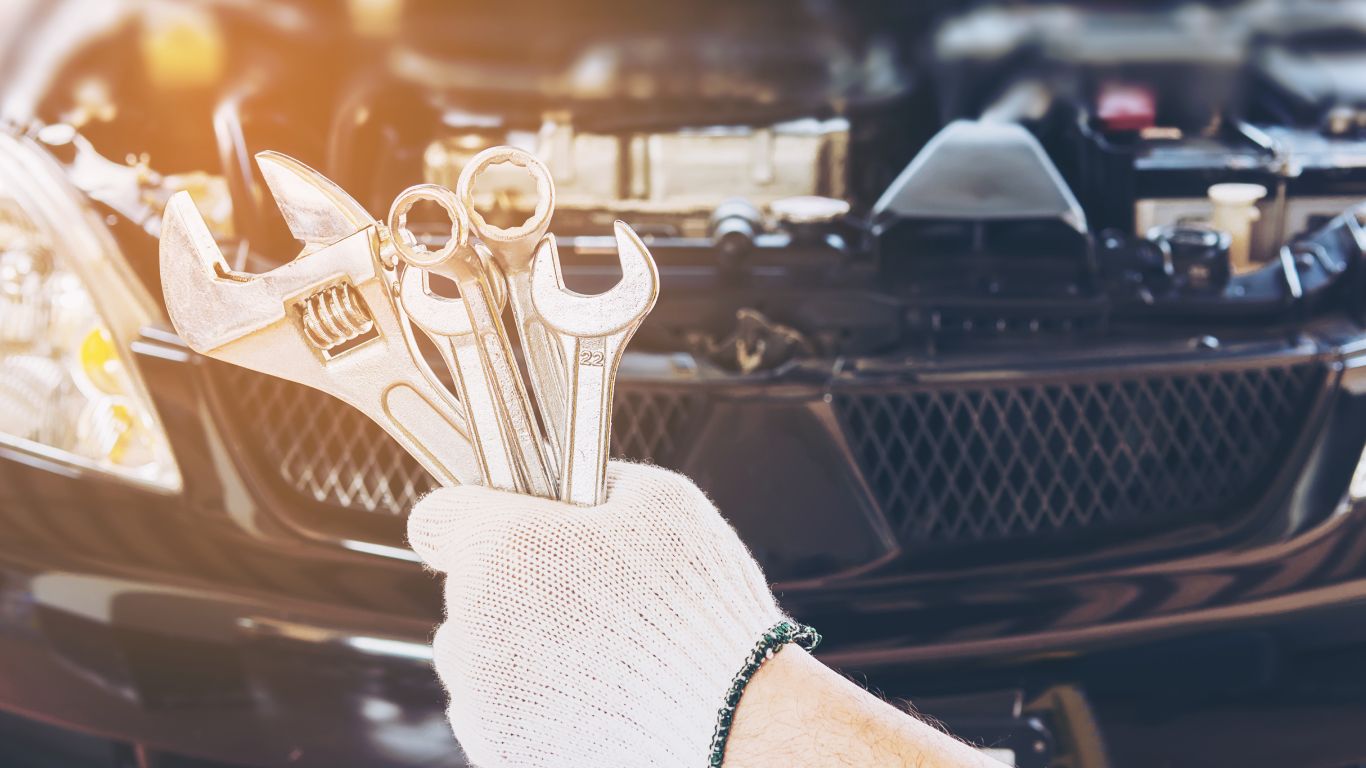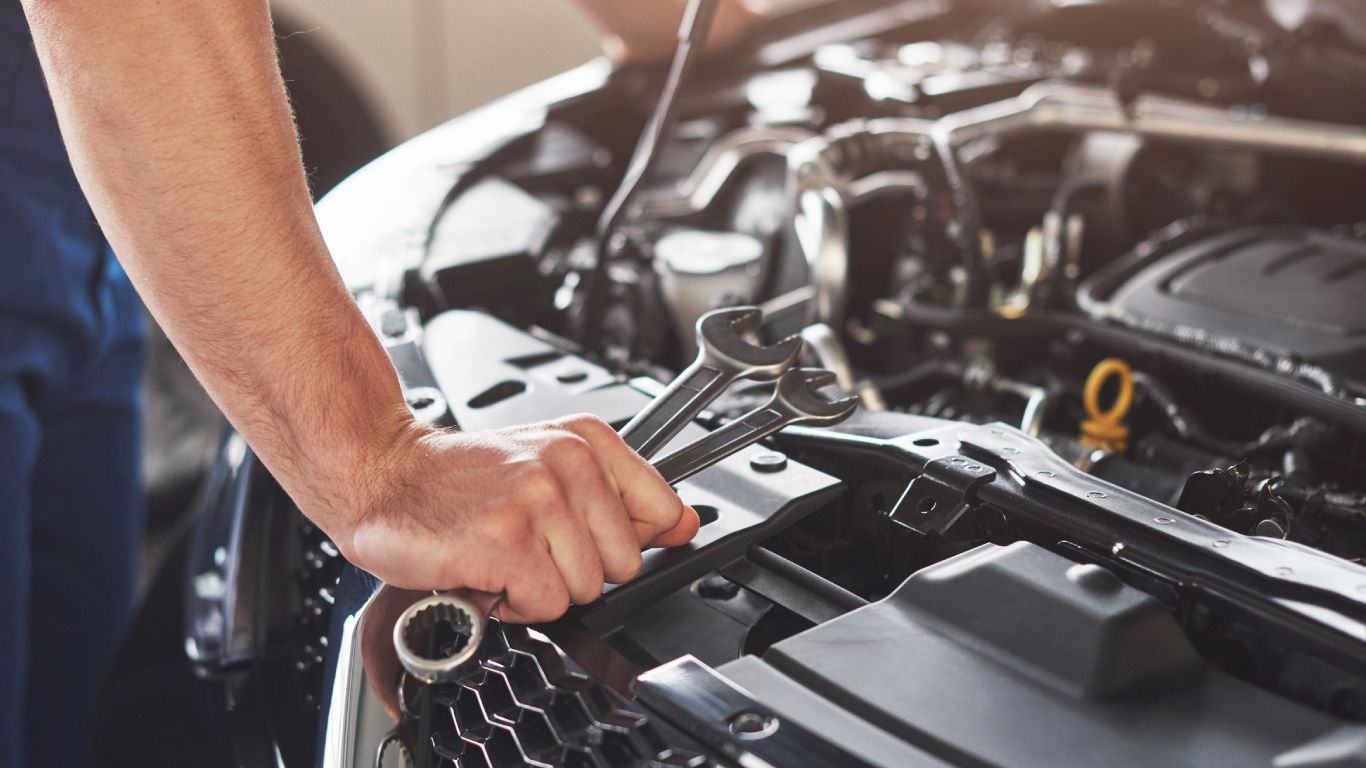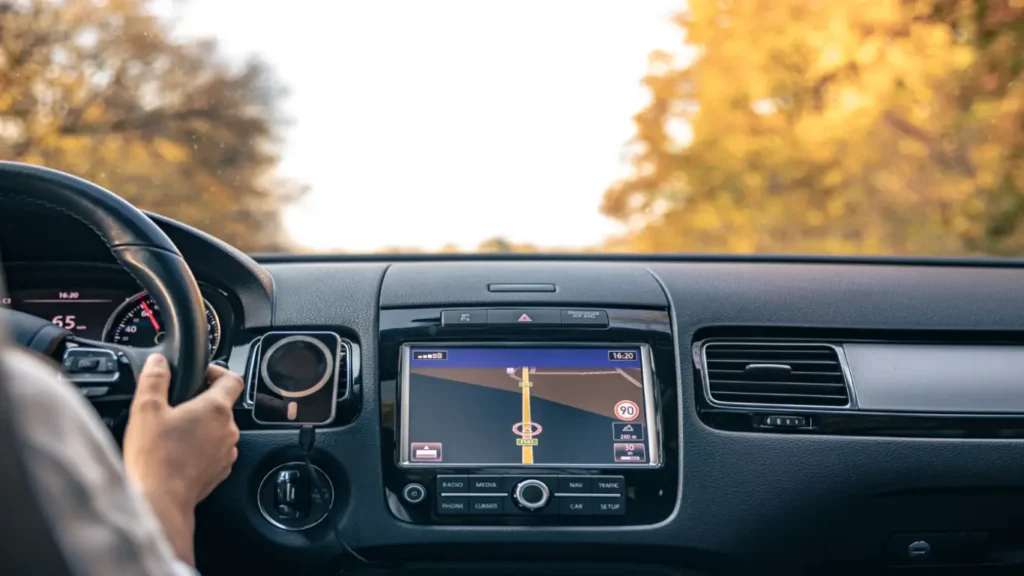Essential Car Maintenance Guide: Key Services, Costs, and Tips for Longevity

Do you want to buy a new car? It is vital to regularly maintain your automobile to retain it in a good state. By adhering to an all-encompassing maintenance list together with timely assistance on probable issues, you can improve the performance, and safety levels and increase the lifespan of your car.
In this post, we are going to provide you with a detailed car servicing list which includes signs that show when servicing is required, crucial activities and services, average yearly costs incurred due to car upkeep, merits derived from regular servicing how one can develop constancy towards it as well as find out trustworthy providers among other things. Let's know about them before buying a car.
Sings to Indicate Automobile Maintenance Needs
Abnormal Noises or Vibrations
If you hear odd sounds like squeaks, grinding, or knocking, this might mean that there is something wrong with your automobile. You may also experience vibrations on your steering wheel or even when driving causing it to shiver. These are warning signs that should not be ignored. Please get an expert technician to check the car immediately!
Warning Lights
Modern cars have complex caution systems that alert you about possible snags. For example, if any sign lights are switched on the dashboard like the engine checking light or the Anti-lock Braking System (ABS). Then, it is crucial to diagnose and service the vehicle. So, don't forget car maintenance to avoid further damage.
Fluid Leaks or Drips
Fluid leaks such as oil, coolant, or brake fluid must never be neglected. Leaks can point to a failing part or a fault in the heating system. Hence, always check your car frequently for any leaks or drips and fix them before they lead to severe damage, especially to vital parts.
Other Signs
Other indications that may call for maintenance encompass reduced fuel economy, hard starts or reduced power output levels. Pay attention to any changes in your car's performance and address them promptly to prevent potential breakdowns.
15 Routine and Basic Car Maintenance Tasks
1. Car Care Essentials
Car upkeep encompasses important facets of automobile maintenance, such as routine checks, fluid inspections, and scheduled service activities. By adhering to a comprehensive car care routine, one can notice potential problems early enough and take appropriate steps to avoid extensive damage from happening later on in life. Regular car maintenance, like oil changes, filter replacements, tire rotations, and fluid refills, helps keep your car in good condition.
2. Oil Changes

Modern cars have complex caution systems that alert you about possible snags.Hence, if any indications light up on the board such as engine checking light or Anti-Lock Braking System (ABS) light. Therefore, car diagnosis and servicing become imperative in this case. All in all, it is important not to forget about taking care of your car at all times since failure to do so may lead to serious consequences.
3. Tire Pressure and Tread Depth
As one car maintenance tip, always check your tires for proper pressure levels, wear patterns, and any signs of damage every now and again. It is advisable to rotate them periodically since this promotes even distribution while extending their service life together with equal handling ability through professional wheel balancing as well as correct positioning techniques done at all times.
4. Brakes’ Maintenance
Brake maintenance is crucial for driver safety. One of the confirms that brakes work well are visible signs on their surfaces. Therefore, it is important to always check your brake pads, discs and fluids as part of periodic vehicle check-up schedules. In addition, ensuring good braking performance entails replacing worn out pads or disc whenever necessary because they determine how quickly a car stops when it brakes suddenly.
5. Battery Maintenance

Check for corroded battery terminals, and whenever possible, ensure that they are well and tightly secured. In case you notice that your battery is about to reach its end of life or is exhibiting signs of weakness, consider purchasing another one in order to prevent sudden failure.
6. Often Change the Air Filter
Car air filters must be changed regularly. So that there can be a clean intake and optimal engine function. If an air filter is dirty or blocked it can impact negatively on how much gas the car uses and its power supply.
7. Spark Plugs
For your vehicle, spark plugs play a major role in starting engine ignition. Due to time being consistent with one another such limitations are low fuel consumption, misfirings as well as poor performance
8. Headlights, Turn signals, Brake lights, and also parking lights
Road visibility is the most important condition to consider for safe driving. Replacing winking or broken lamps not only increases their brightness level but also enhances drivers’ safety and experience through the use of better-type headlights.
9. Transmission
Transmission system is responsible for transferring power from engine to wheels. Regular maintenance of transmission including changing fluids or checking it makes sure that shifts are smooth when changing gears and working well. Taking care of a vehicle transmission will prevent unnecessary costly repairs while at the same time prolonging its useful life.
10. Coolant Fluid Exchange
Correct engine cooling is essential for optimum performance and longevity. Regular checking as car maintenance of coolant levels and flushing keeps engine temperature under control thus preventing overheating. Simply put, coolant levels have to be right while it must also remain uncontaminated in order to keep your automobile’s engine healthy.
11. Wiper Replacement and Wiper Fluid
Correct engine cooling is essential for optimum performance and longevity. Regular checking as car maintenance of coolant levels and flushing keeps engine temperature under control to prevent overheating. Coolant levels have to be right while they must remain uncontaminated to keep your automobile’s engine healthy.
12. Car Appearances
It is imperative to consider a broad approach in maintaining both the appearance and value of your vehicle as far as its care is concerned. To keep the cars looking so good from the inside as well as from the outside, regular car detailing and polishing are good. Professional services of detailing help get rid of dirt, stains, and imperfections unleashed well; hence, ensuring that it keeps shining like when it was bought. This may include applying car wax regularly so that there can be an extra layer that helps protect the paintwork from UV rays, environmental elements, and other contaminating materials. By combining the practices of car care, car polish, car detailing, and car wax, you can ensure that your luxury car remains in optimal condition, both aesthetically and mechanically.
13. SMART(Repair)
A small to medium area repairing technique such as The SMART technique (Small to Medium Area Repair Techniques) is cost-effective for correcting little cosmetic damages such as scratches, dents, or scuffs. Instead of replacing entire panels for a specific area, you will only save time and money by concentrating on a few parts. In addition to this, the car repair services will make sure it retains its original surface therefore improving its appearance overall.
14. The Front and Rear Differential
A diff is usually used in front-wheel or rear-wheel drive vehicles. There are also four-wheel drives and all-wheel drives which have front and rear diffs, sometimes with a center diff as well.
For proper functioning, you need to lubricate differentials just like with other parts of your car. However, if your manufacturer advises on a change of the transmission fluid, seek guidance from an expert.
15. The Serpentine Belt
Even though it appears to be just like a simple rubber strip, this component plays a significant role in keeping the automobile running by powering other devices including the alternator, power steering pump, air conditioning compressor, etc. The belt should be checked for any cracks or signs of wear. Whether or not it should be replaced depends on whether it has been damaged or according to recommendations given by car manufacturers.
Car Maintenance Average Annual Cost in Canada
In Canada, the price may likely range from $1,400 to $1,500 annually in comparison. However, this figure can be influenced by other factors mentioned above such as brakes and tires. Although starting with this amount is okay, there are ways you could adopt so that you can create a more precise monthly budget.
The Advantages of Routine Car Maintenance Services
In The Long Run, You Will Save Money with Regular Car maintenance
Long-term auto repairs like those associated with collision repairs could be avoided by keeping tabs on any small issues before they develop into big ones through regular auto maintenance reviews. So, saving money from more serious problems later down the line. A regular car maintenance program allows an owner to have an extended lifespan for his/her machine while simultaneously steering clear from unanticipated crashes or machine faults.
Enhanced performance & safety
Proper vehicle upkeep makes sure that yours runs well maximizing its potential performance level in terms of speed, handling ability, and efficiency. Seeing that routine checks on parts such as brakes or tiers exist this way you can ensure all roads are safe hence leaving you at ease when driving.
Conclusion
It’s crucial to have routine maintenance on your car because it helps retain its functionality, durability and saves you from dangerous accidents. What then should you do? Follow the tips and principles described in Carrokie blog so that you can have a well-functioning car which will not require repairs that are too expensive.
FAQ | Car Maintenance
Regular car maintenance like replacing spark plugs, drive belts and timing belts or chains plus changing air and fluid filters are needed for the identification of issues for the engine to perform optimally.
Your car needs regular service every 5,000 to 10,000 kilometers or every six months depending on what needs servicing. This is an overview of recommendations necessary for getting your car serviced.
The most critical aspect of taking care of your vehicle is changing engine oil and filters according to their recommended intervals. Most Owner’s Manual suggests that engine oil and filter should be replaced after 3,000 to 5,000 miles. But nowadays many cars come with synthetic motor oils that can last up to 10,000 miles.



